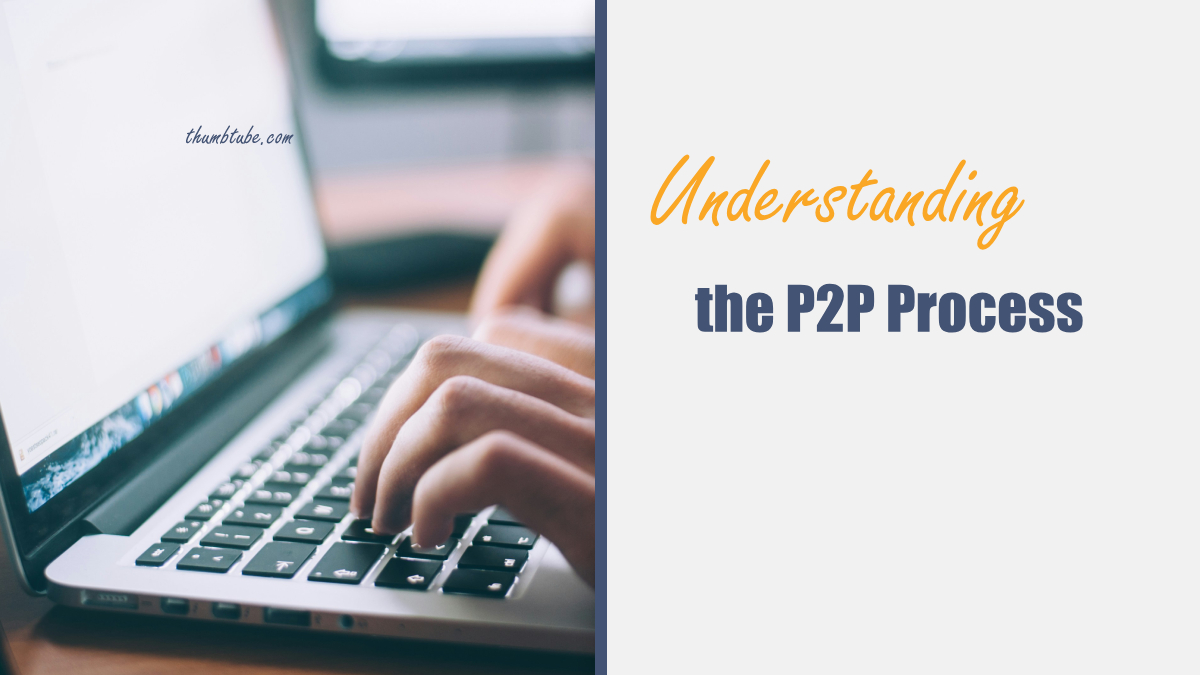The P2P process, short for procure-to-pay, is an integral component of an organization’s procurement operations, encapsulating the end-to-end process spanning from the initial procurement of goods and services to making payments to suppliers. It combines procurement and financial processes, streamlining the flow from purchasing requisition to the payment of invoice, thereby optimizing the way organizations manage and execute purchasing activities. Here’s an overview of the key stages involved in the P2P process:
-
Need Identification
The process begins with the identification of a need within an organization. This could be anything from office supplies to manufacturing components or professional services. Typically, a specific department or individual recognizes the need for goods or services to maintain or enhance their operations.

-
Purchase Requisition
Once a need is identified, a purchase requisition is created and submitted for approval. This document details what needs to be purchased, the quantity, and sometimes preferred suppliers. The requisition serves as a request for permission to proceed with the purchase.
-
Requisition Review and Approval
The purchase requisition is then reviewed by authorized personnel, often within the procurement department or by budget holders. This step ensures that the request is justified, falls within budgetary constraints, and aligns with organizational policies and goals. Once approved, the procurement process can formally begin.
-
Vendor Selection and Purchase Order Creation
The procurement team selects a suitable vendor based on criteria such as price, quality, delivery times, and service levels. Following the selection, a purchase order (PO) is issued to the vendor. The PO is a legally binding document that outlines the specifics of the purchase, including descriptions, quantities, prices, and terms.
-
Order Fulfillment
Upon receiving the PO, the supplier confirms acceptance of the order and proceeds with fulfillment. This involves the preparation and delivery of the specified goods or the provision of services as agreed.
-
Goods Receipt and Inspection
Once the goods are delivered or services provided, the receiving department or responsible personnel inspects the delivery to ensure it matches the PO specifications, including quality, quantity, and compliance with any other agreed-upon standards.
-
Three-Way Match
This step involves verifying that the purchase order, the delivery receipt, and the supplier’s invoice are consistent with each other. This process, known as three-way matching, is crucial for validating that what was ordered was delivered and is now being correctly invoiced.

-
Invoice Approval and Payment Processing
Following a successful three-way match, the invoice is approved for payment. The finance department processes the payment according to the agreed terms, completing the financial transaction between the buyer and the supplier.
-
Record Keeping and Analysis
The final step involves maintaining detailed records of all transactions, including requisitions, POs, delivery receipts, invoices, and payment records. These documents are crucial for auditing, financial reporting, and analyzing procurement performance. Insights gained from analyzing the P2P process can lead to improvements in procurement strategies, cost savings, and efficiency gains.
The P2P process is designed to ensure a seamless, efficient, and transparent approach to procurement, fostering strong supplier relationships, enhancing financial and operational controls, and supporting strategic decision-making within organizations. By effectively managing the P2P cycle, organizations can achieve significant cost savings, operational efficiencies, and improved compliance with procurement policies and regulations.
